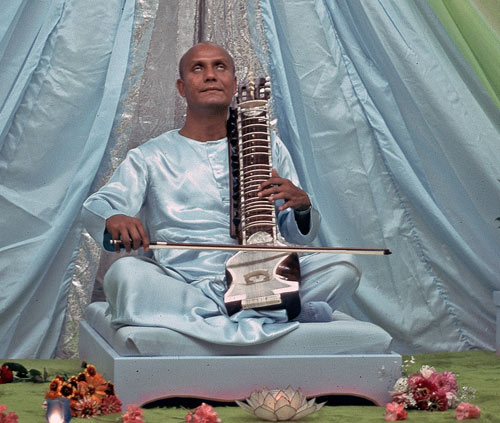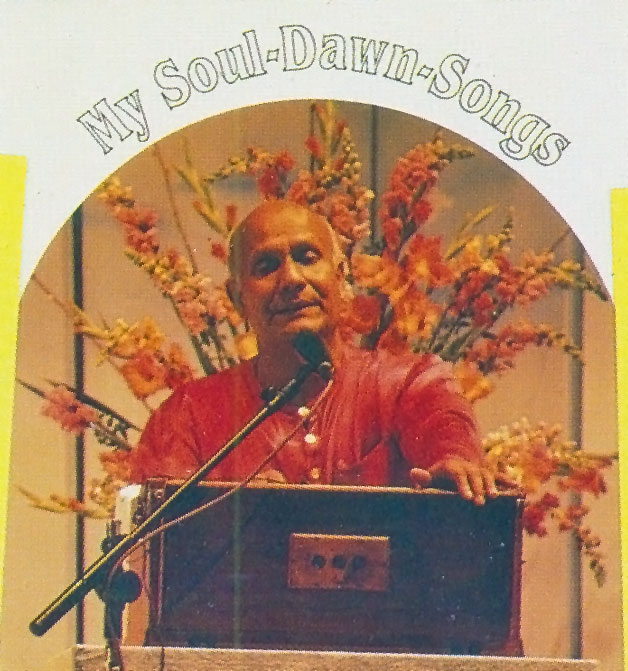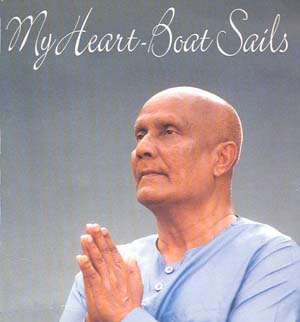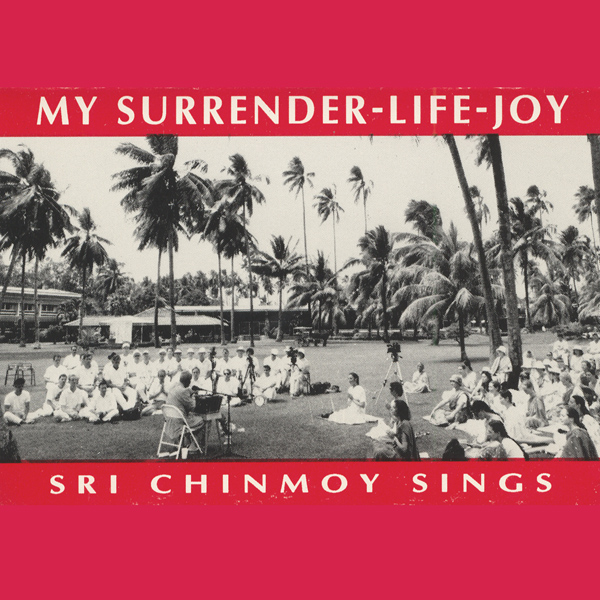Beyond the shores of India, there is one musician who has been performing on esraj in concert for more than three decades. His name is Sri Chinmoy. It is because of him that the haunting strains of the instrument as well as its elegant and distinctive shape have become instantly recognisable in countries as culturally diverse as Japan, Russia, Australia, France, the Czech Republic and the USA (where Sri Chinmoy resides). He has played the esraj at many prestigious venues, including London’s Royal Albert Hall, Carnegie Hall in New York and Tokyo’s Budokan Hall (before an audience of 12,000).
A prolific composer of short, devotional songs in Bengali, Sri Chinmoy performs the melodic line of his own songs during his concerts, unaccompanied by any other performer. Thus he has raised the esraj to the status of a solo (or svayangsiddha, i.e. self-sufficient) instrument, capable of expressing tremendous emotion and spiritual depth.
Over the years, Sri Chinmoy has used several different makes of esraj, but recently his choice is a traditional model that was handmade by two of his German students, Pramodan Gmeiner and Harkara Urmoneit, in 2002. It is made of maple wood, and has four main strings, two of plated steel and two of bronze. In addition, it has 23 sympathetic strings, seven of which operate with a Djjwori block to add harmonic overtones. All 27 strings are supported by a maple bridge resting upon stretched goatskin.
The previous year, another of his students, Canadian landscape architect Sumadhur Page, working with friends, crafted a larger bodied, contemporary, custom-designed esraj, also of maple wood. It has the traditional four main strings, two plated and two wound, plus 34 sympathetic strings of plated steel. Twelve sympathetic strings operate with Djjwori blocks to create harmonic overtones. The short strings below the main bridge have a calculated length and precise tuning to add “shimmer” and harmonic richness. In essence, there are an astonishing 34 + 34, or 68, sympathetic strings. The sound head consists of two stretched goatskins connected together by a sound post. When Maestro Ravi Shankar heard Sri Chinmoy perform on this instrument at a private concert for him in New York on October 10th, 2002, he blessed it with the name “Chinmoy Beena”.
Sri Chinmoy used to play the esraj while seated in the traditional cross-legged pose with the neck leaning on his left shoulder, but now at 75 years of age Sri Chinmoy prefers to play both the esraj and the heavier Chinmoy Beena while seated in a special concert chair. Small, hinged support brackets have been affixed behind the neck of the two instruments so that they can hang from Sri Chinmoy’s left shoulder, with the kundi or sound head resting in his lap. Recently, a further adjustment has been made due to an injury to Sri Chinmoy’s left shoulder caused by heavy weightlifting. Temporarily, the weight of the entire instrument is being borne by a special instrument stand.
Sri Chinmoy enters into a high meditative state while playing, his hands moving with effortless ease to create what has been most aptly described as “music of the soul”. The Heartsong Review of 1987 says that his esraj music “flows serenely through its permutations, like a quiet river.” Sri Chinmoy himself, in a unique musical tribute to the esraj in Bengali, has said:
“Esraj, esraj, esraj Tumi je moder harsher taj Maha shantir muktir baj Satyer nrityer saj Bishwa oikkya purna swaraj”
His lofty English translation runs:
“Esraj, esraj, esraj: You are the crown of our delight-reality. You are the lightning sound of fathomless peace and boundless liberation. You don the robes of the eternal Truth and the Cosmic Dance. You embody the Fulness-Freedom of the World-Union.”
The future of the esraj? Not “gone with the wind” after all, but soaring on zephyrs to new heights in Sri Chinmoy’s hands.
– Dr Vidagdha Bennett
Esraj Music by Sri Chinmoy
- Esraj
- Esraj Music by Sri Chinmoy




